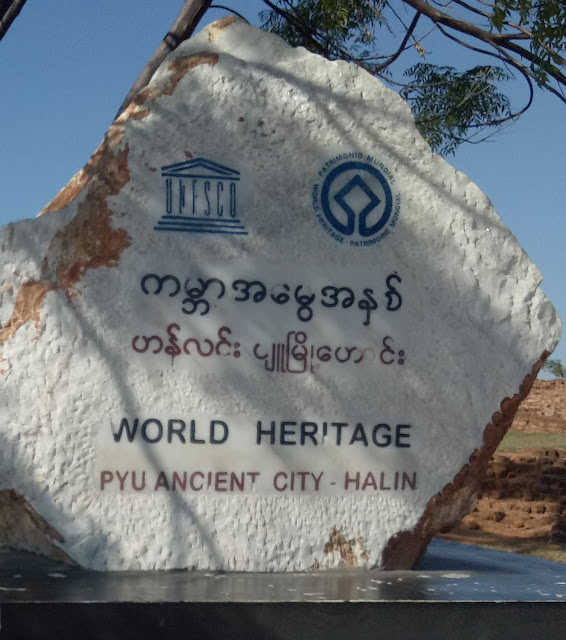The Great Sphinx of Giza

The Great Sphinx of Giza is a limestone statue of a reclining Sphinx (a mythical creature with the head of a human, and the body of a lion). It stands on the Giza Plateau on the west bank of the Nile in Giza, Egypt. The Great Sphinx of Giza The Great Sphinx is the oldest known monumental sculpture in Egypt . Its’ original shape was cut from the bedrock and was subsequently restored with layers of limestone blocks. The nose of the monument was broken at some point during the 2nd Millennium CE. The most famous story is that Napoleon Bonaparte shot the nose of the Great Sphinx with a cannonball during the French invasion of Egypt. However, historical records suggest that the invasion took place between 1798 CE and 1801 CE, whereas there were paintings of the Great Sphinx with its broken nose from as far back as the 17th century CE. The other story is that in 1378 CE, a religious rebel by the name of Mohamed Sa'm al-Dahr was responsible for destroying the nose. Neither story has been...








